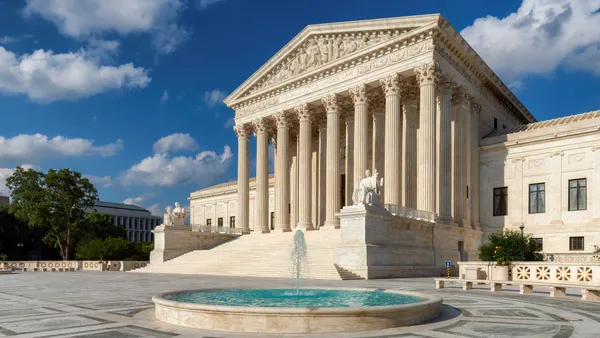Dive Brief:
- The Francis Parker School in San Diego implemented curricula teaching students between junior kindergarten and 12th grade how to engage in civil discussion, as well as how to decipher fact from fiction and navigate differences, District Administration reports.
- During the 2020 presidential election cycle, for example, students didn’t debate as Republicans or Democrats, but rather learned how to discuss their feelings, fact check, and find truth and common ground.
- Faculty received professional development on the curricula before it launched, and school instructors, librarians and clinical workers assist by teaching students how to respond productively and think critically through emotional moments.
Dive Insight:
As a politically charged election — and year — comes to a close, organizations are making resources available to schools to help teachers reinforce civil dialogue. For example, the Bill of Rights Institute (BRI) provides free online resources and professional development for teachers of civics and history. It partnered with OpenStax at Rice University to launch "Life, Liberty, and the Pursuit of Happiness: A History of the American Experiment," meant to challenge students with difficult questions about history and civics.
Earlier this year, Chief Justice John Roberts of the U.S. Supreme Court reinforced the importance of teaching civics in his 2019 report, writing that “civic education has fallen by the wayside.” He urged educators to take advantage of available curricula and courtroom experiences.
A 2020 report by the American Academy of Arts and Sciences recommends teaching civics to all K-12 students. To round out learning and deepen understanding, it suggested curricula include civics projects, service learning, student government, debate training and participatory budgeting.
In recent years, there has also been an emphasis on news and media literacy, or teaching students to think critically about the sources and accuracy of the information they receive. These lessons can help students sift through current events to determine what is fact and fiction.













